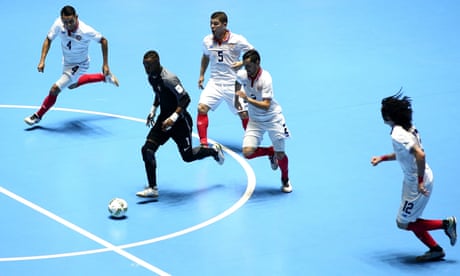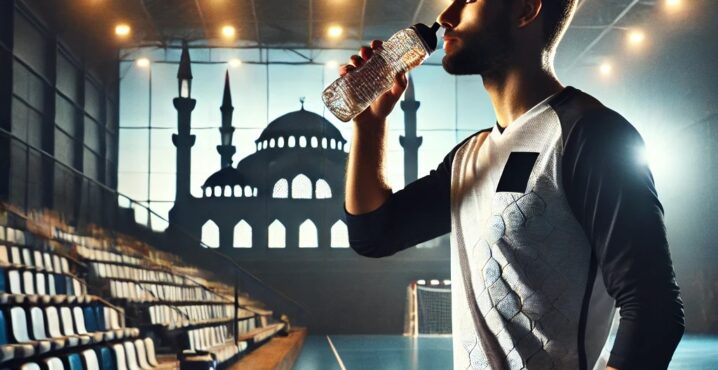Estimated reading time:1 minute, 34 seconds
Abstract
Futsal, the 5-a-side version of soccer (i.e. 1 goalkeeper and 4 outfield players), was introduced in 1930 and continues to grow in popularity around the world. Competitive games comprise of two 20-min periods of high-intensity and intermittent activities requiring substantial physical, tactical, and technical efforts from the players. A greater understanding of the physical and skill requirements will aid the development of futsal and enable practitioners to undertake appropriate training regimes for the demands of the sport. The objective of this review is to examine key aspects of futsal such as match analysis, physiological demands, energy requirements, fitness measurements, and skill requirements. Futsal players experience fatigue as the game progresses due to the high-intensity nature of the game and the repeated maximal sprint efforts required. The intermittent nature of the sport necessitates the use of aerobic and anaerobic energy pathways throughout exercise. Therefore, a futsal player needs to have a great capacity of intermittent endurance, repeated sprint ability, and leg power, while technical aspects include the ability of high level shooting and passing skills, agility and coordination. Future research is warranted to help practitioners develop more specific tests into futsal performance, especially with regards skill.
Authors: Naser Nasera, Ajmol Alia,*, Paul Macadam
School of Sport, Exercise and Nutrition, Massey University, Auckland, New Zealand Sports Performance Research Institute New Zealand (SPRINZ) at AUT Millennium, Auckland University of Technology, Auckland, New Zealand
To read more Futsal Research go to the top navigation bar or click on this link to go to the research section of the Futsal Focus website: http://bit.ly/2GLwoo2


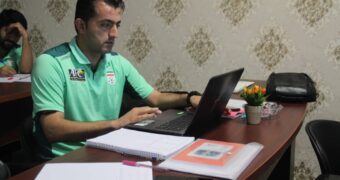
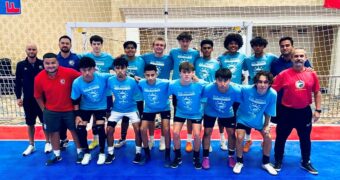



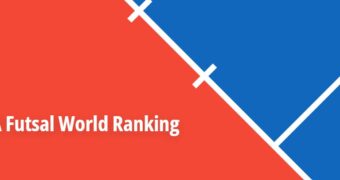








![Validate my RSS feed [Valid RSS]](https://www.futsalfocus.net/wp-content/uploads/2020/01/valid-rss-rogers.png)

